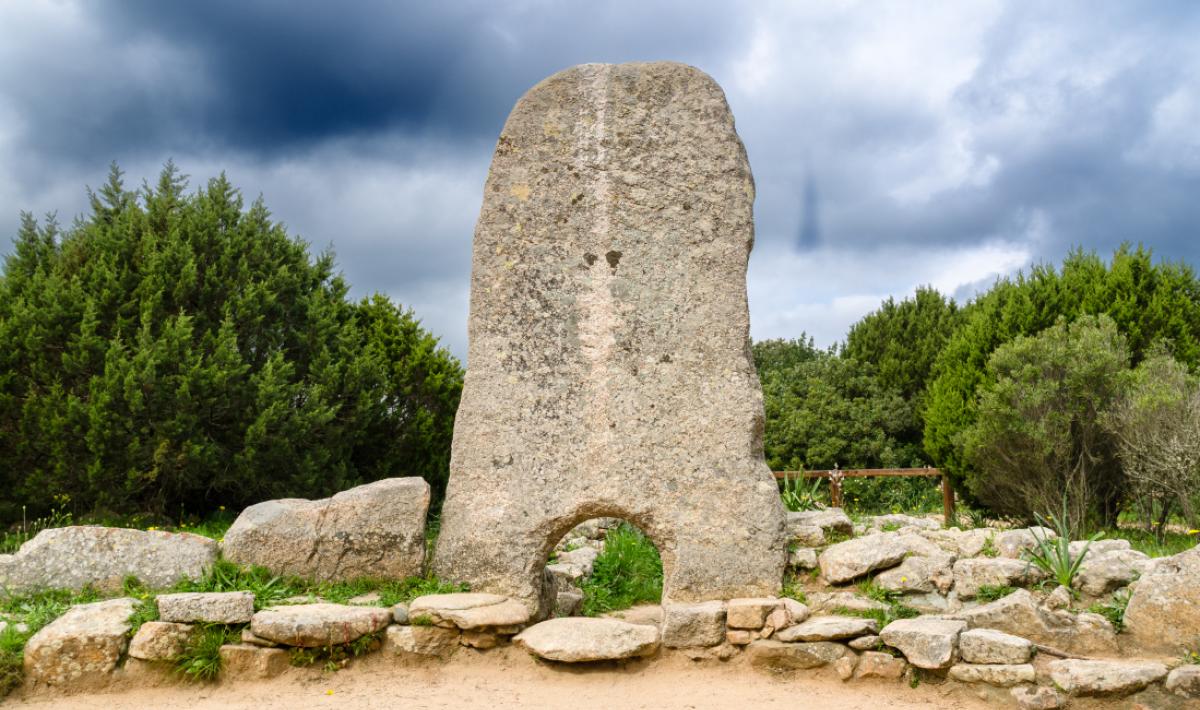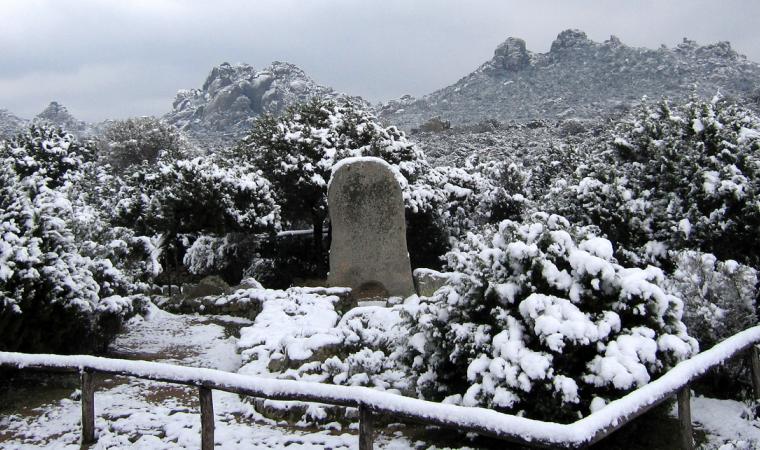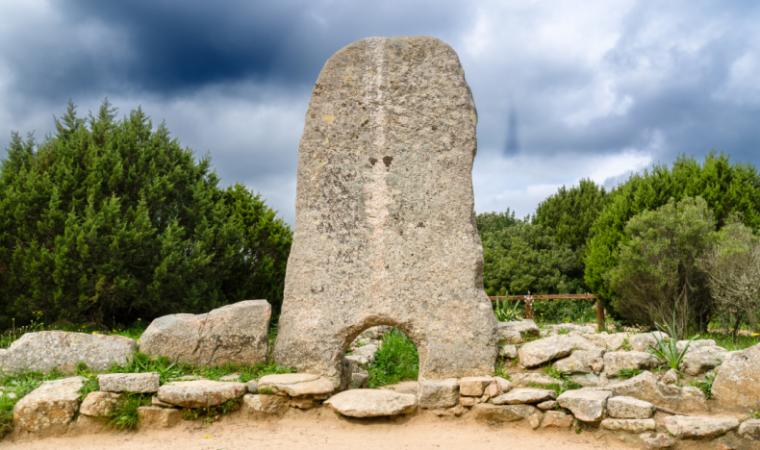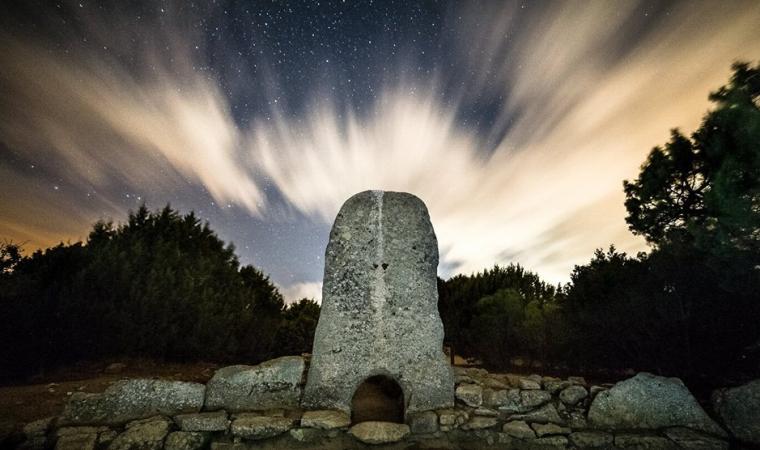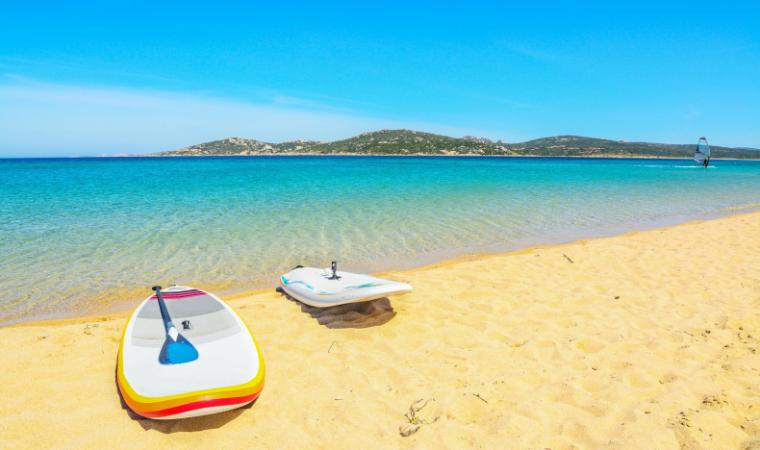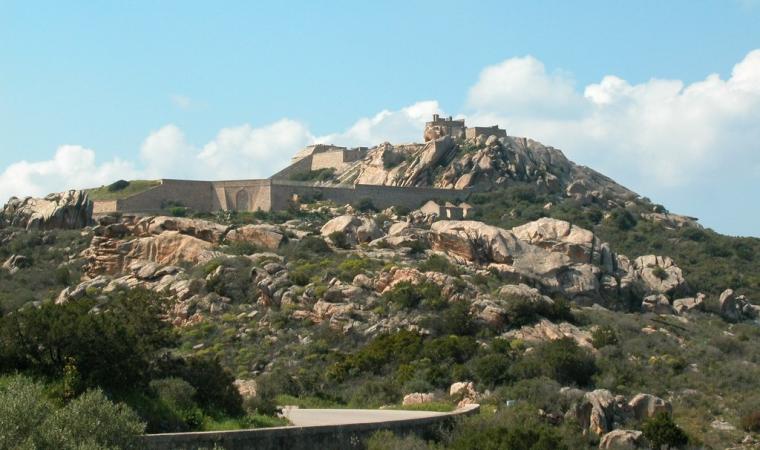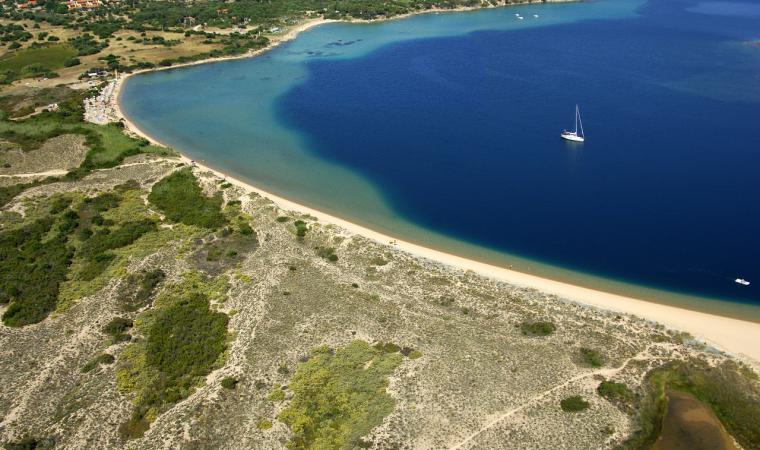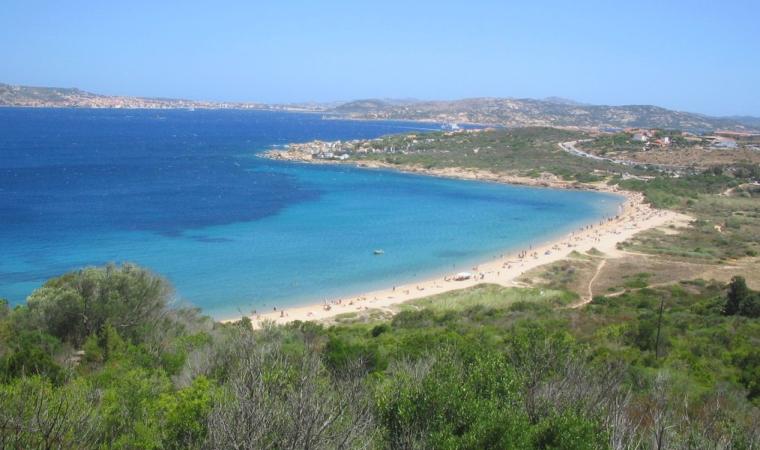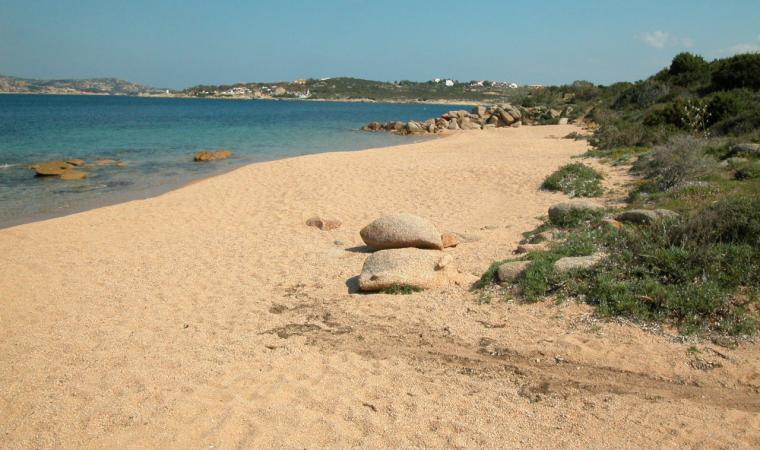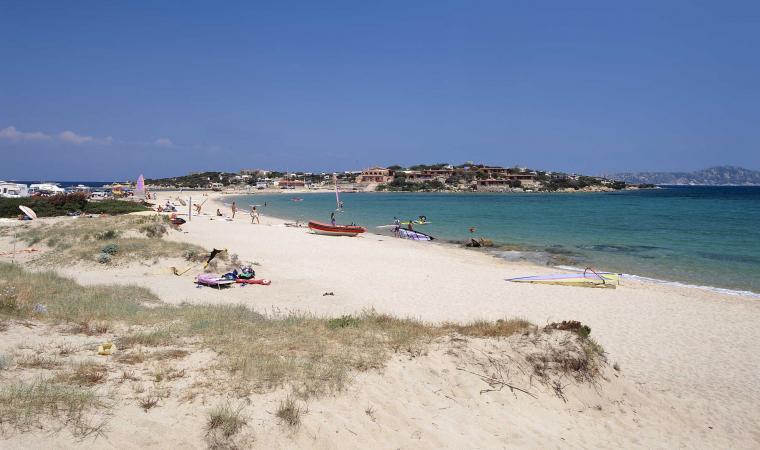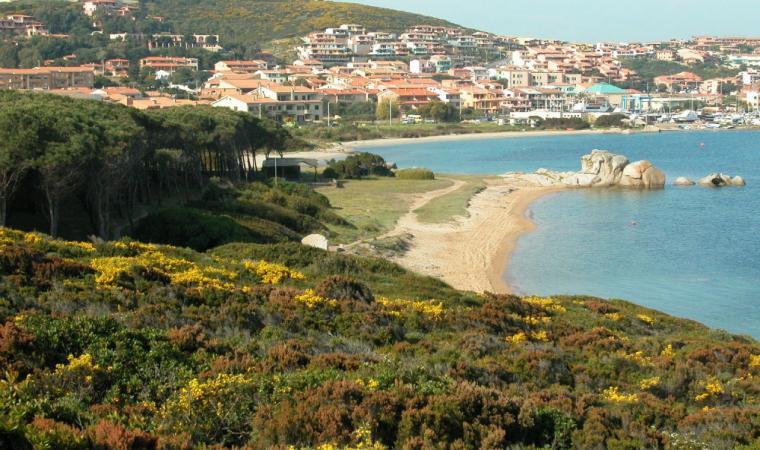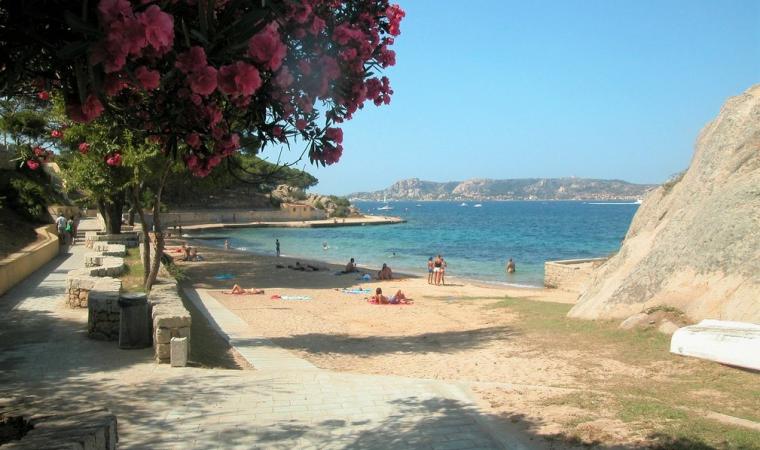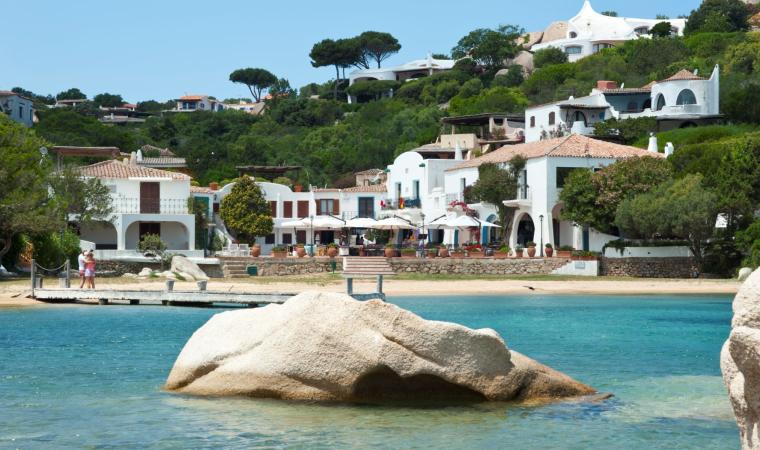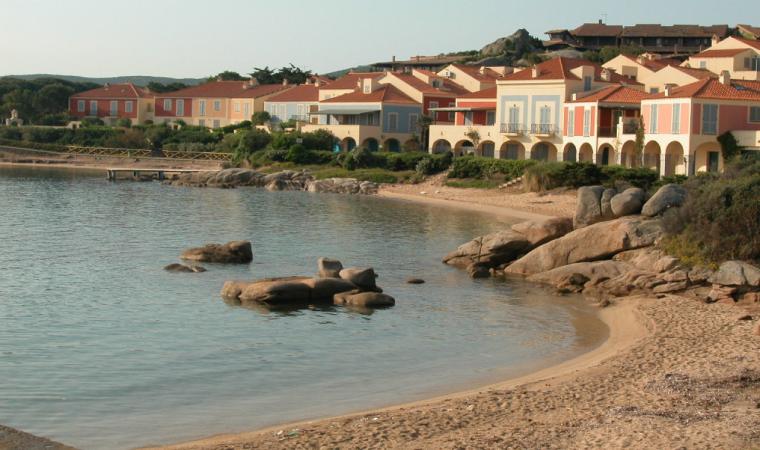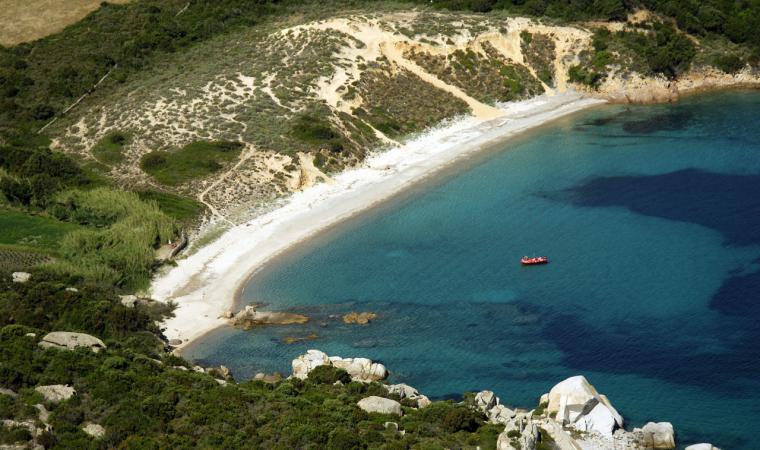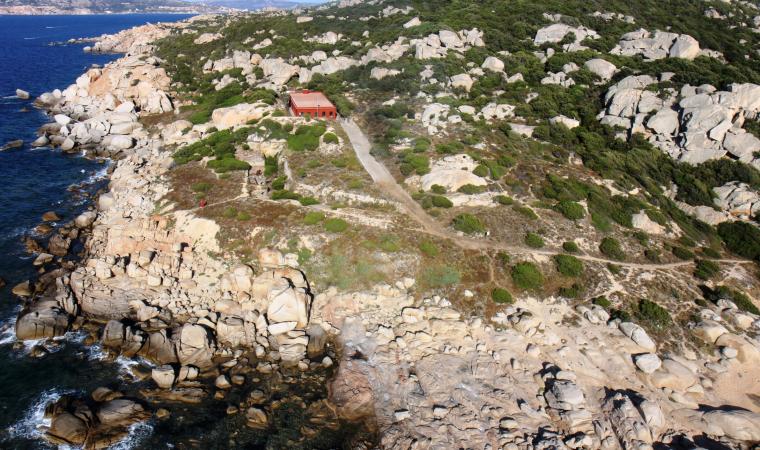In addition to its picture-postcard beaches and splendid natural scenery, the Palau territory also offers a great deal of archaeological evidence. One thing particularly stands out for two reasons: small size and a ‘wrong’ structural element. The Giants’ Tomb of Li Mizzani is located about seven kilometres from the residential area, in the hinterland, in the locality of Monte Canu. As well as being smaller than most of the Nuragic tombs in Gallura, the characteristics of its stele are surprising: monolithic, but not arched, it does not stand on foundations but directly on the ground on one side and on a flat stone on the other. The door is the most curious aspect: you will notice that the internal perimeter of the face is worked and rounded and not the external one, as if the stele had been positioned the wrong way round.

